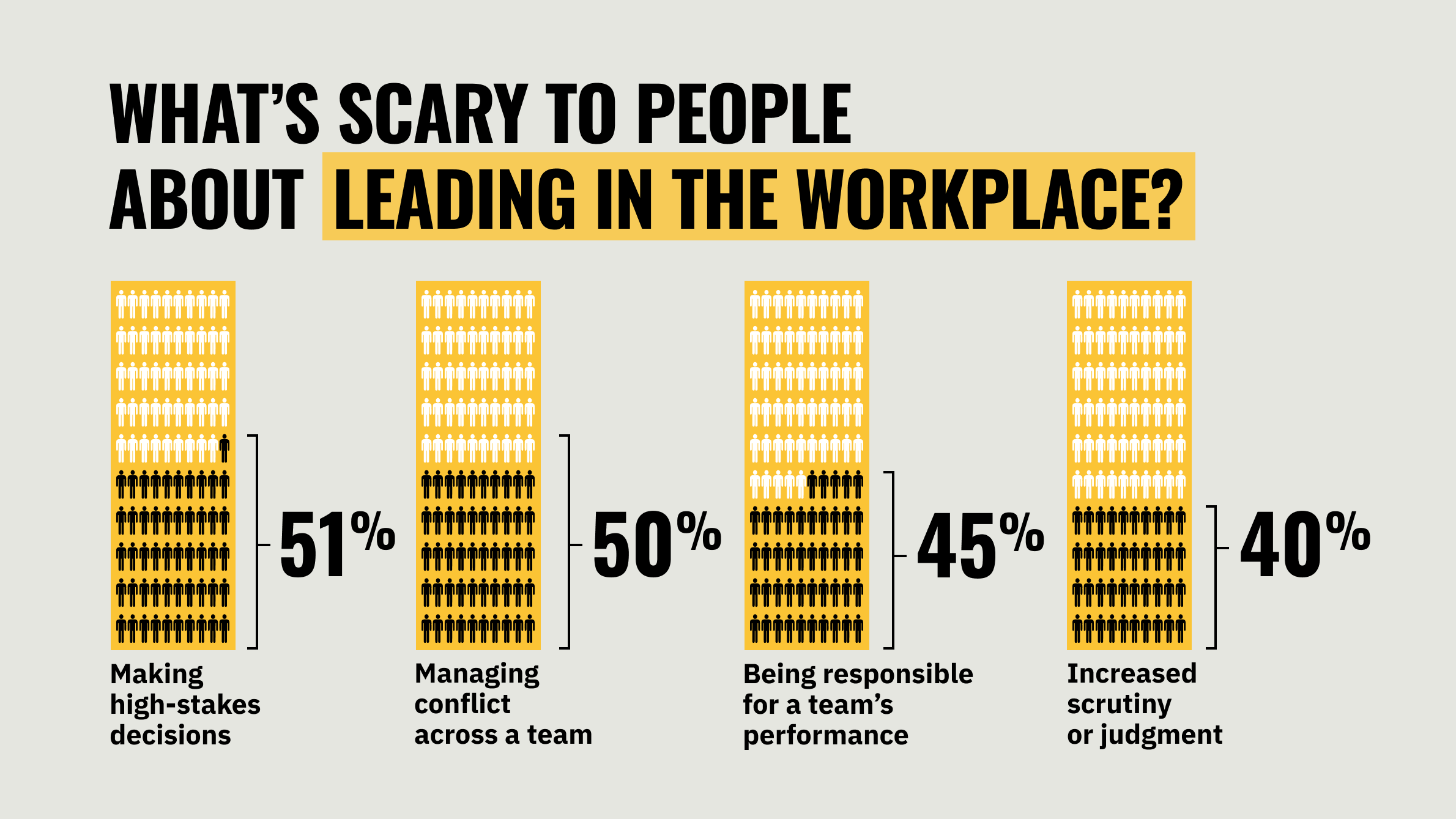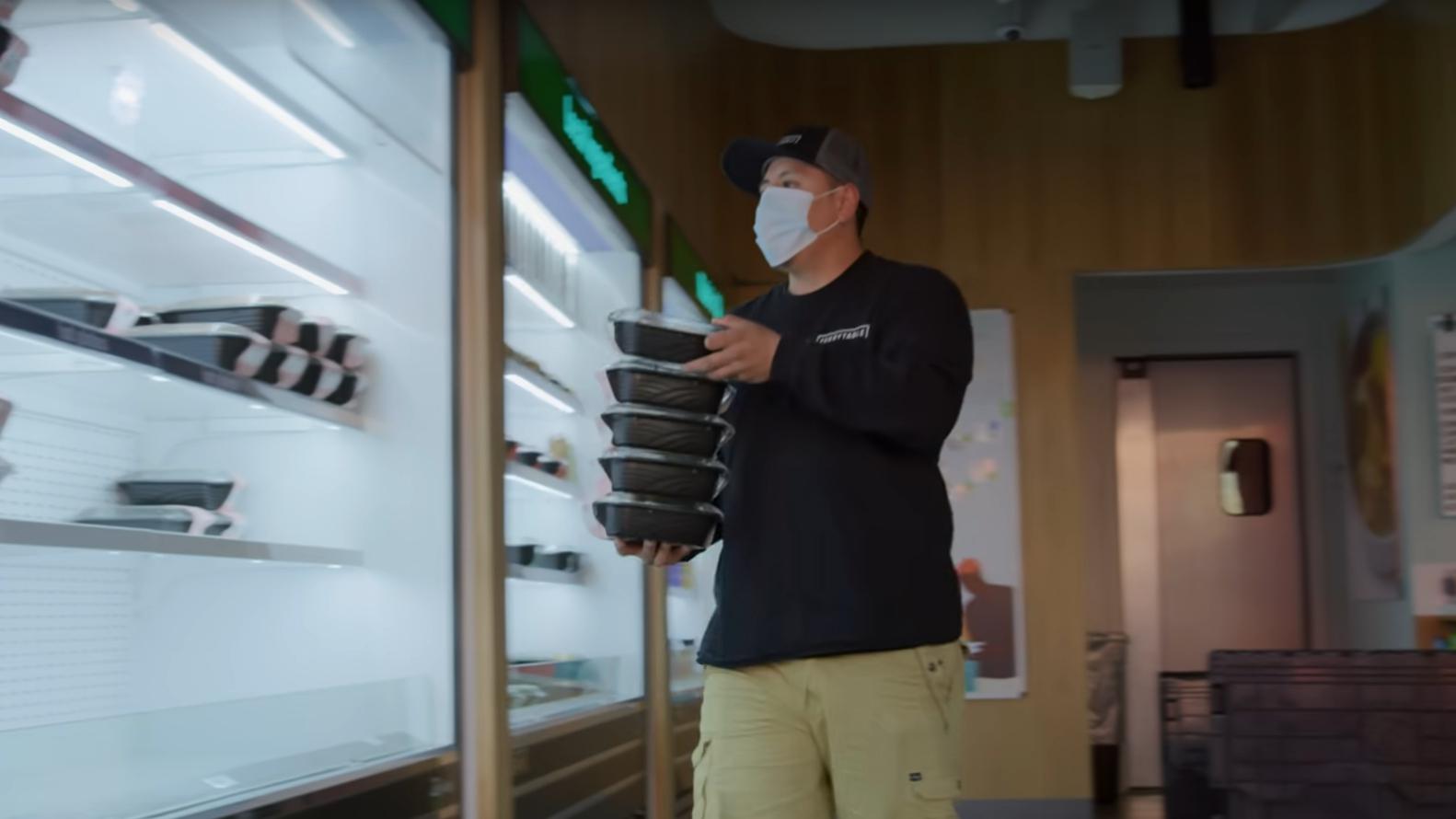What’s the difference between a successful entrepreneur and everyone else? People who build an empire from a product or idea are the ones who take themselves off auto-pilot and ask: is there a better way to do this? That one question is how Sara Blakely, the founder of Spanx, went from being a door-to-door fax machine saleswoman in Florida, to the owner of a billion-dollar fashion brand. Here, she shares a mental exercise that helps foster entrepreneurial thinking, and explains why pursuing your idea is so much more important than having people validate it. Basically, here is a lesson in lighting a billion-dollar fire under your ass. Sara Blakely is also the creator of The Belly Art Project, which works with Every Mother Counts to make pregnancy and childbirth safe for women everywhere.
Sara Blakely: So, as an entrepreneur I'm such an advocate for everyone to think like an entrepreneur. Whether you want to start your own business or not, it's incredibly helpful no matter what.
And so thinking like an entrepreneur inside of organizations or if you are starting your own business, I always say—I love to tell the people around me to do this: Close your eyes and take a minute and think about how you would be doing your job if nobody showed you how to do it. What surfaces?
Because if you think about it we're all on autopilot. We're doing things the way either someone else showed us how to do it or we saw and learned from watching. And real change only happens when you do it different than everybody else. So all the time I put myself through mental exercises where I'm like, “Wait a minute, I know everybody's been doing it this way for a really long time, but is that the best way?” And I just want to see what comes up.
I also come across ideas and inventions by going throughout my day looking at objects and saying, “Now how could that be better?” And why did the person who first created gum—gum to me is so fascinating.
As someone who started a brand with $5000, had to get an idea out there that didn't already exist (the footless pantyhose) I love to think about people who first introduced things to society, and I think about the guy who did gum.
Can you imagine! I thought I had it tough, this guy is walking around going, “You just chew it, you just put this wad in your mouth…” and people are probably like, “And then what?” “Don't swallow it, you just chew it.” Like that's a pretty hard sell at first. And I think that gum had no flavor in it when it first came out, so that's even crazier to me.
But everything from the pencil to the fork to the chair we sit in to the car that we drive: somebody originally had a thought and brought it forward it to society.
So get off autopilot, look at everything every object in your life, the way that you do things; when you get up and brush your teeth, is there a better way to brush your teeth? Is it the right way to be doing it? And see what comes.
I started Spanx with $5000 in savings from selling fax machines door to door in Clearwater Florida for seven years. And I started it out of the back of my apartment. I had never taken a business class. I had never worked in fashion or retail, but I was determined to make this one particular undergarment for myself and women that filled a much needed void in a fashion.
And it was the most challenging the first two years to get it made, because no one took me seriously. I heard the word no for two solid years.
I actually was calling all the hosiery manufacturing plants and I ended up taking a week off of work and drove around North Carolina in person begging these people to help make my prototype and my idea.
And so there were many, many times in those first two years: When I wrote my own patent, I went to Barnes & Noble and bought a book on patents and trademarks. I created the packaging on my friend's computer after work. I thought of the name Spanx sitting in traffic in Atlanta and went home and trademarked it with my credit card for $150.
But all of this time I was doing it I wasn't sharing it with anybody. None of my friends or family knew what my idea was, and that was really important to my journey because I didn't want to share the idea just for validation, because I wanted to make sure that I spent anytime I had pursuing it instead of defending it and explaining it.
And I think so often, so many times, people have an amazing idea, I mean you have a million dollar or a billion dollar idea in your life, and the first thing you want to do is turn to your right or left at work and tell a coworker, tell your friend, tell your husband, your wife and out of love and concern you get a lot of feedback that stops that idea right in its moment that it happened.
But for me because I wasn't using a support system in those times that I had doubt, I ended up really—I listened to a lot of inspirational and motivational lectures. And so I would second-guess myself, I’d put those tapes in, I’d drive around, I’d have to give myself pep talks.
I mean it was a real back and forth for me to keep believing in myself when no one else was.





